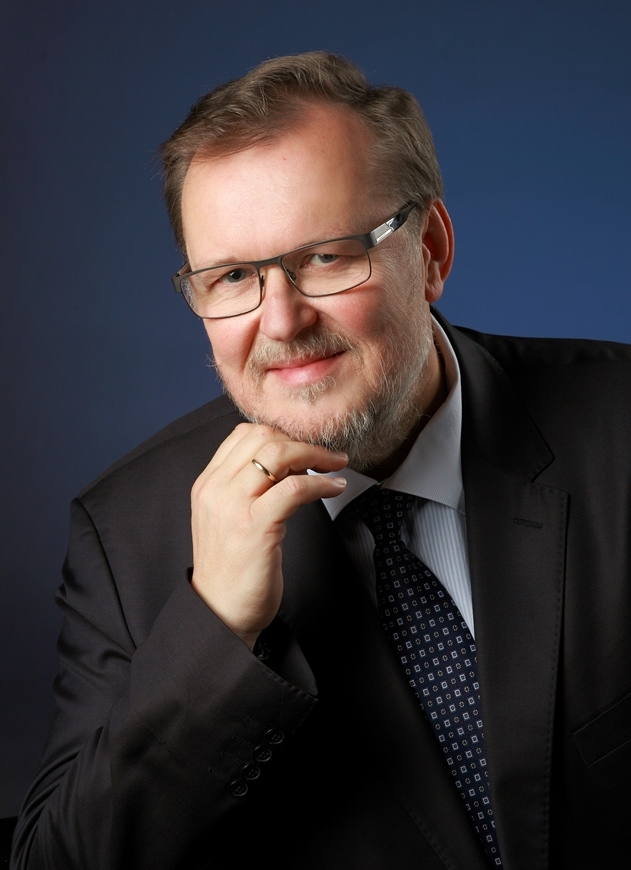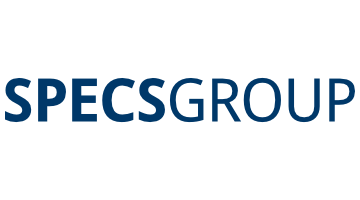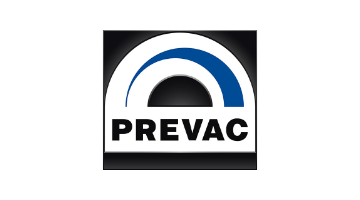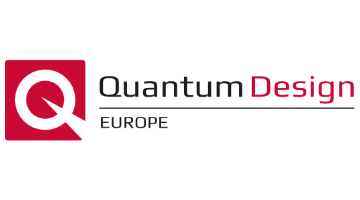Matthias Bauer
University Padaborn, Germany
Tilo Gerd Baumbach
Laboratory for Applications of Synchrotron Radiation, Germany
Full field x-ray imaging techniques - current developments and applications at KIT
Geradina Carbone
MaxIV (NanoMax & Bloch), Sweden
Focused and coherent X-ray beams for advanced microscopies
Aina Cohen
Stanford Synchrotron, USA
Next-generation automation and remote-access crystallography
Julio Criginski Cezar
Brazilian Synchrotron Light Laboratory Campus, Brasil
Application of soft X-rays in the characterization of multifunctional systems
Robert Feidenhansl
XFEL GmbH, Germany
Recent results and opportunities at European XFEL
Michał Kępa
Paul Scherrer Institute, Switzerland
Sample delivery methods for serial protein crystallography
Gerrit van der Laan
Diamond Light Source, England
Ferromagnetic resonance detected using soft x-ray absorption, reflection and diffraction
Christopher Milne
XFEL GmbH, Germany
Probing ultrafast structural and electronic dynamics in chemical and biochemical systems using X-ray free electron lasers
Jan Minar
University of West Bohemia, New Technologies - Research Centre, Czech Republic
One-step model of photoemission: spin polarization and dichroism effects of 2D materials
Letizia Monico
Italian National Research Council, Italy
Multiple scale length studies of cultural heritage materials and objects by synchrotron radiation X-ray methods and non-invasive spectroscopic techniques
Maarten Nachtegaal
Paul Scherrer Institute, Switzerland
X-ray absorption spectroscopy to provide insight in the catalytic active site
Annalisa Pastore
ESRF, France
Jakub Szlachetko
Institute of Nuclear Physics Polish Academy of Sciences, Poland
Potential of X-ray spectroscopy methods with pulsed sources.
Michał Ślęzak
AGH University of Science and Technology, Poland
Memory of frozen and rotatable antiferromagnetic spins in epitaxial CoO(111)/Fe and NiO(111)/Fe bilayers
Angela Trapananti
University of Camerino, Italy
Insight into the lithiation mechanisms in Li-ion anode materials by x-ray absorption spectroscopy
Armin Wagner
Diamond Light Source, England
Determination of lighter atoms in protein structures
Lisa Vaccari
Synchrotron Elettra, Italy
Synchrotron infrared emission: optimized collection, propagation and exploitation for new scientific opportunities



